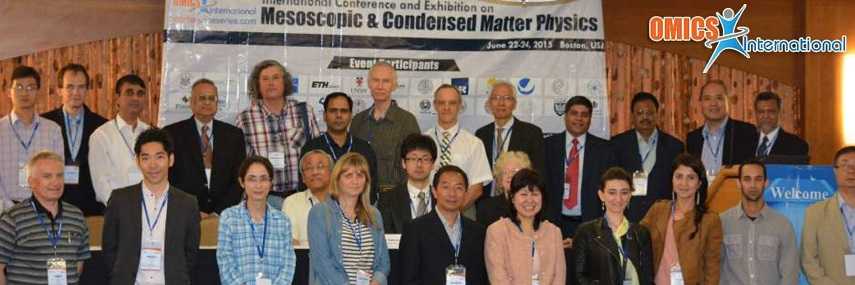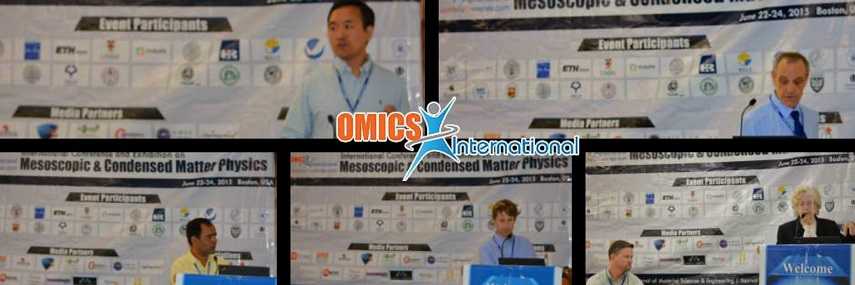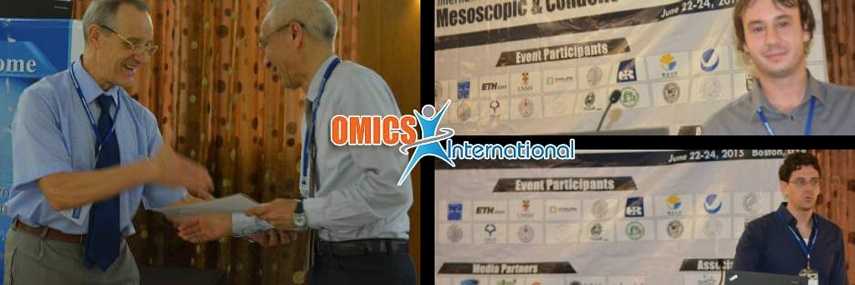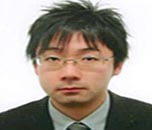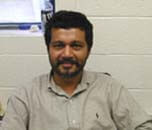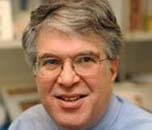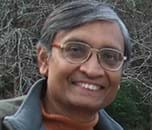Conference Series LLC Ltd invites all the physics enthusiasts across the globe to attend the International Conference and Exhibition on Mesoscopic & Condensed Matter Physics to be held during June 22-24, 2015 at Boston, USA. The aim of Condensed Matter Physics-2015 conference is to bring together a multi-disciplinary group of scientists and engineers to present and exchange breakthrough ideas relating to the condensed matter physics, including soft condensed matter, liquid physics, biophysics, quantum physics and quantum simulators, low temperature physics, quantum fluids, strongly correlated materials, semiconductor physics, magnetism, surface and interface physics, electronic, structural, and mechanical properties of materials, acoustics, and disordered media.
The States of Matter
In physics, a state of matter is one of the distinct forms that matter takes on. Four states of matter are observable in everyday life: solid, liquid, gas, and plasma. Many other states are known such as Bose–Einstein condensates and neutron-degenerate matter but these only occur in extreme situations such as ultra-cold or ultra-dense matter. There are very few but huge experiments being conducted which include, ALICE at CERN and The Relativistic Heavy Ion Collider at Brookhaven National Laboratory.
Phase transitions and critical phenomena
Phase transitions and critical phenomena are the changes of a system from one regime or state to another exhibiting very different properties, and the unusual effects that occur on the boundary between them. A change in the state of matter, such as from a solid to a liquid, is a classic example.
Electrical phenomena
Electrical phenomena are commonplace and unusual events that can be observed and that illuminate the principles of the physics of electricity and are explained by them.
Some examples are: Biefeld–Brown effect, Contact electrification, Direct Current, Electroluminescence, Electrical conduction, Electric shock, Ferroelectric effect, Inductance, Lightning , Photoconductivity Photoelectric effect, Piezoelectric effect, Plasma, Pyro-electric effect, Static electricity etc.
Electronic Phases, Semiconductors and Superconductors
The semiconductor industry is the aggregate collection of companies engaged in the design and fabrication of semiconductor devices. It is a $249 billion industry today and USA, South Korea, Japan, Taiwan, Singapore, and European Union dominate the global semiconductor industry. The U.S. government regulates exports and uses of some types of semiconductors due to their potential use in military applications. The popularity of Condensed Matter Physics is concentrated mainly in USA followed by Japan and China. USA and Japan are the leading producers of semiconductors, average approximate turn over- $20,000 million.
Quasiparticles and Soft Matter Physics
Quasiparticles are mathematical entities used to predict realistic electronic behaviour by including properties, like finite range, that real electrons do not possess.
Soft matter
Soft matter is a subfield of condensed matter comprising a variety of physical states that are easily deformed by thermal stresses or thermal fluctuations. The realization that soft matter contains innumerable examples of symmetry breaking, generalized elasticity, and many fluctuating degrees of freedom has re-invigorated classical fields of physics such as fluids and elasticity. As an emerging topic there are many educational institutions sponsoring the laboratories all around the world.
Quantum Optics:
Quantum optics is a field of research that uses semi-classical and quantum-mechanical physics to investigate phenomena involving light and its interactions with matter at sub-microscopic levels. The Quantum Optics market is segmented into various applications such as biological imaging, optoelectronics, quantum optics, security & surveillance, and renewable energy. The biological imaging market is the most mature market in terms of revenue and it is expected to have consistent growth in the market. However, the optoelectronics application is expected to have the highest growth potential for the analysis period 2013 and 2020.
Organic Electronics
Organic electronics, also called as polymer electronics or plastic electronics, is a branch of material science which deals with small conductive molecules and electrically conductive polymers. It is called as organic because small molecules and polymers are carbon based, made using synthetic strategies developed in the context of organic and polymer chemistry. One of the benefits of organic electronics is their low cost as compared to traditional inorganic electronics.
The global organic electronics market size is expected to grow from $16.45 billion in 2014 to $75.82 billion by 2020 at a CAGR of 29.0%. This growth is heralded by the growing display applications for organic electronics market. The lighting applications for this market are also expected to grow rapidly in the coming five years.
ol6SLG2KVfOrganizes 300+ Conferences every year across USA, Europe & Asia with support from 1000 more scientific societies and Publishes 400+ Open access journals which contains over 30000 eminent personalities, reputed scientists as editorial board members.
For more information, please visit Condensed Matter Physics Market Analysis

